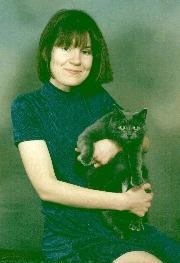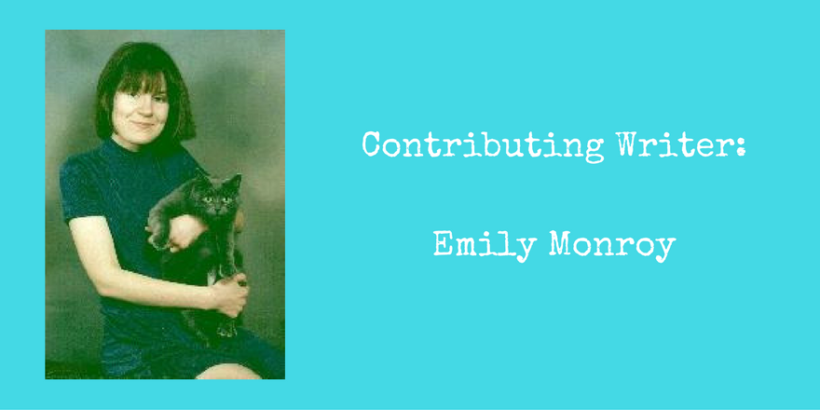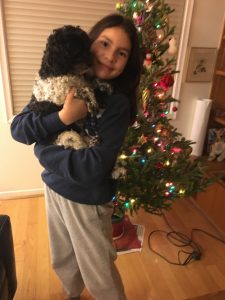Italian-Indigenous Connections
by Emily Monroy
June 1, 2021

On February 17, I saw an announcement in a local Italian-Canadian paper on an upcoming presentation titled “Italian-Canadian-Indigenous Connections” at the University of Toronto’s Frank Iacobucci Centre for Italian Canadian Studies. Interested, I thought I might ask about taking part in it myself.
At first glance, the lives and experiences of Italians and Indigenous peoples of the New World do not appear to intersect much. Italy, unlike other European nations such as Spain, Portugal, France and Britain, did not have big colonies in the Americas. By the time Italy got into the colonialism game – in Africa – most places in the New World had already gained independence from their former European masters, either forcefully as in the case of the US and Mexico or amicably as with Canada.
On closer glance, though, ties between Italians and Amerindians do emerge. The Americas were after all discovered – “discovered” from a European vantage point – by an Italian, the Genoese Christopher Columbus – a controversial figure, to say the least, among Native Canadians and Americans. Jay Silverheels, for example, an Indigenous Canadian actor best known for playing the Lone Ranger’s sidekick Tonto, said he married an Italian woman to “get back at Columbus.”
One individual of Indigenous and Italian origin was the late Ramona E. Douglass, past president of the Association of MultiEthnic Americans. Born to a Sicilian-American mother and father of African-American and Sioux descent, Douglass sought to increase the visibility of mixed-race people and challenge the “one-drop rule” whereby anyone with any known African ancestry is seen as “Black.”
When I think of people of mixed Italian and Native ancestry, I think of my own daughter, Gabriella Michelle. Her father is from Nicaragua and has Spanish, Italian (he believes Sicilian) and Indigenous ancestry. In Latin American terminology, that would make him, and my daughter, “mestizos,” a word used to describe individuals of mixed European and Native American origin. She would actually be a “parda” – a term without an English-language equivalent for a person of European, Indigenous and African descent – given that DNA testing has suggested I have a bit of Black blood on my father’s side (I joke I’m the tragic mulatta while the little cocker spaniel-poodle mix Gabriella is holding in the picture is the tragic cockapoo).
However, I believe the chances of Gabriella ever identifying as Native Canadian are slight at best. For one, her father doesn’t even think of himself as Indian. He told me once that the “indios” in Nicaragua live apart and speak a different language from the “Whites,” the “Whites” in this case being mestizos like himself. I suspect the tendency for people like him to identify with their European rather than indigenous side stems from the fact that Europeans, and people with European features, tend to enjoy higher social status in Nicaragua and other Latin American countries and that for the majority of mixed-race Latin Americans, their European rather than Native heritage plays a greater role in their lives in areas such as language, lifestyle, political institutions and general culture. For better or worse, the Native American legacy in today’s “mestizo” culture is a bit like how British geneticist Steve Jones has described the Etruscans’ legacy in modern Italy: only their genes remain.
Still, my daughter’s Indigenous legacy hasn’t completely disappeared. My late father (who was Sicilian) and I were once speculating, when Gabriella was a baby, where she got her dark brown eyes. I suggested perhaps from my mother, who has brown eyes. “Probably from some chief,” my father responded. Another time I was reading an article about a Native (female) chief from a tribe in Washington State. Due to intensive intermarriage, she had red hair and freckles. When I looked at her picture, I started laughing on realizing that my daughter looked far more Amerindian than this woman did.
My daughter now identifies as Canadian first and Italian second (of note, on my mother’s side, I have Irish, Norwegian and Luxembourgish ancestry). Will Gabriella ever identify or, barring that, take an interest in her Indigenous side? Only time will tell.
Emily Monroy is a professional translator and is of Irish, Italian and Norwegian descent. Born in Windsor, Ontario, she now resides in Toronto. Her articles have appeared in several publications, including Interracial Voice, Cats Canada, and Urban Mozaik. She welcomes feedback on her articles. You can contact Emily here.



Italians mix with all kinds of ladies. We are ladies men by the grace of Almighty God…. some of us like the one woman. Idea for the right woman and others well…. turn the page